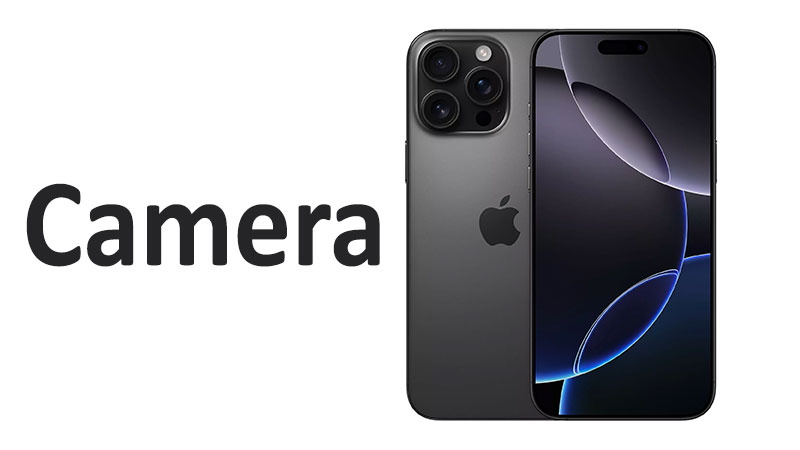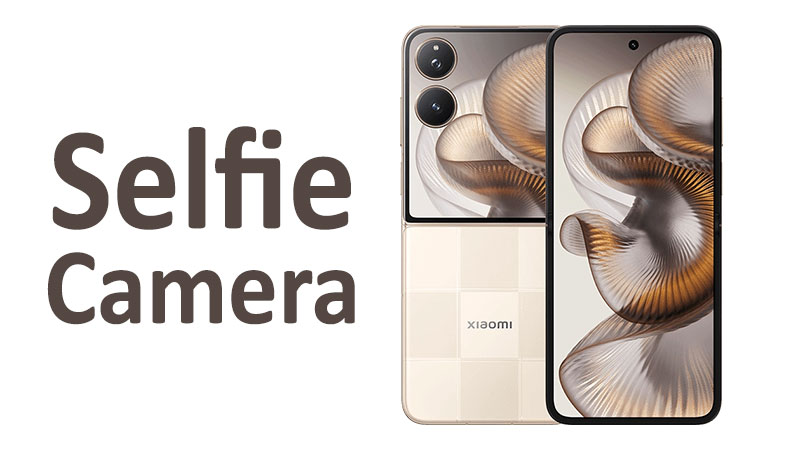In the world of smartphone technology, the camera has become a critical feature. For many users, it’s the most important factor when choosing a new phone. The Apple iPhone 16 Pro Max camera is at the forefront of this evolution, promising a professional-grade photography and videography experience. With new hardware and software enhancements, this camera system aims to redefine what’s possible on a mobile device.
The camera is no longer a simple point-and-shoot tool. It’s an integrated system that leverages advanced sensors, powerful processors, and sophisticated computational photography to produce stunning results. The iPhone 16 Pro Max’s camera is a testament to this, offering a suite of lenses and features designed for both casual users and professional creators.
A Detailed Look at the iPhone 16 Pro Max Camera System
The camera system on the iPhone 16 Pro Max is a significant leap forward. It features a triple-camera setup on the rear, a LiDAR scanner, and a highly capable front-facing camera.
Main Camera (Wide)
The main camera remains a powerhouse. It uses a 48 MP sensor with an f/1.8 aperture and a 24mm focal length. This wide lens is the workhorse of the system. It’s designed for everyday photography and excels in a variety of lighting conditions. The use of a large sensor (1/1.28″) with 1.22µm pixels ensures excellent light capture. It also features dual pixel PDAF for fast and accurate autofocus. A key feature is sensor-shift OIS, which provides superior stabilization. This is crucial for sharp photos and smooth videos, especially in low light.
- Comparison: The main sensor is similar to its predecessor, the iPhone 15 Pro Max. However, Apple has made software and processing improvements. These enhancements lead to better overall image quality and dynamic range. The Photonic Engine and new Smart HDR 5 work together to create more vibrant and detailed images.
Periscope Telephoto Camera
The telephoto lens on the iPhone 16 Pro Max is a major highlight. It’s a 12 MP periscope telephoto lens with a 120mm focal length. This provides a 5x optical zoom, allowing you to capture distant subjects with exceptional clarity. The f/2.8 aperture and 1.12µm pixels help maintain quality. It also features a new 3D sensor-shift OIS for even better stabilization. This is particularly important for telephoto shots, where camera shake is more pronounced.
- Comparison: The 5x optical zoom is a significant advantage over many competitors. For example, some Android rivals might rely on digital zoom or a lower optical zoom level. While the Samsung Galaxy S25 Ultra offers multiple telephoto lenses, the iPhone’s 5x optical zoom is a strong and consistent performer. The new OIS helps it stand out for stability at a distance.
Ultrawide Camera
Apple has upgraded the ultrawide lens to a 48 MP sensor with an f/2.2 aperture. It has a 13mm focal length, which provides a 120° field of view. The upgrade to 48 MP is a major change from the previous 12 MP ultrawide. This allows for much more detail in ultrawide photos. It also uses PDAF for quick and reliable focus.
- Comparison: This is one of the biggest hardware changes from the iPhone 15 Pro Max. The higher megapixel count significantly improves the detail captured in ultrawide shots. This also enhances the macro photography capabilities. The ultrawide lens is used for macro shots, and the increased resolution means macro photos are now more detailed.
LiDAR Scanner
The TOF 3D LiDAR scanner is a key component of the camera system. It measures depth information with high accuracy. This technology improves autofocus speed in low-light conditions. It also enables advanced features like Night mode portraits. The scanner creates a precise depth map of the scene, allowing for more realistic and accurate portrait effects.
Standout Features & Performance
Beyond the hardware, the iPhone 16 Pro Max’s camera is defined by its software and features. These elements work together to produce its impressive results.
Video Recording
Apple continues to lead in the video domain. The iPhone 16 Pro Max offers an extensive range of video options. It can record in 4K at up to 120fps. This is a major upgrade. It supports 10-bit HDR and Dolby Vision HDR. This ensures videos have a wide dynamic range and vivid colors. Professionals can also record in ProRes for maximum post-production flexibility.
A new and exciting feature is 3D (spatial) video. This format is designed for the Apple Vision Pro. It captures depth information to create immersive, three-dimensional videos. This opens up new creative possibilities. The phone also records stereo sound with its four studio-quality microphones, ensuring high-quality audio.
Front-Facing Camera
The selfie camera on the iPhone 16 Pro Max is more than just a camera. It’s a 12 MP sensor with an f/1.9 aperture and PDAF. It also includes OIS for sharper selfies and smoother selfie videos. The SL 3D sensor handles depth and biometrics for Face ID. This combination results in excellent portrait selfies with accurate bokeh.
New Physical Features: Camera Control Button
The iPhone 16 Pro Max introduces a new Camera Control button. It’s a physical button on the side of the device. A half-press can be used to focus, and a full press takes a photo. This provides a tactile, camera-like experience. It also allows for quick access to on-screen camera controls.
- Pros: Excellent video capabilities, with 4K 120fps and spatial video. The upgraded 48 MP ultrawide camera captures more detail. The 5x optical zoom is versatile for both photos and videos. The new Camera Control button offers a more intuitive shooting experience.
- Cons: The jump in photo quality from the iPhone 15 Pro Max is not huge. Some competitors still have a slight edge in telephoto zoom range. The Camera Control button’s placement may not be ideal for all users. The ProRAW files can be very large.
Important Points for Buyers
The iPhone 16 Pro Max is a fantastic choice for anyone serious about mobile photography and videography. The improvements are incremental but significant. The biggest gains are in the ultrawide lens and video capabilities. If you are a professional or an enthusiast, the ProRes and spatial video features are very compelling. For the average user, the higher resolution ultrawide and superior video will be most noticeable.
Conclusion
The iPhone 16 Pro Max camera solidifies Apple’s position as a leader in mobile imaging. The system is a blend of refined hardware and intelligent software. The upgraded 48 MP ultrawide and powerful video features are the main highlights. The new Camera Control button provides a more tactile and professional feel. While the main and telephoto lenses are similar to the previous model, the overall system is more powerful and versatile. The iPhone 16 Pro Max is a compelling choice for anyone seeking the best camera experience on a smartphone.
It excels in video, dynamic range, and color accuracy. It’s a robust system that can handle anything from casual snapshots to professional productions. The camera is not just about taking good pictures; it’s about providing a creative tool that feels natural and intuitive.
FAQ
What is the main camera’s resolution on the iPhone 16 Pro Max?
The main wide camera on the iPhone 16 Pro Max has a 48 MP sensor. However, it often uses pixel binning to produce 24 MP photos by default for a balance of detail and file size. You can choose to shoot in full 48 MP ProRAW or HEIF Max.
Does the iPhone 16 Pro Max have 10x optical zoom?
No, the iPhone 16 Pro Max features a 5x optical zoom via its periscope telephoto lens. The digital zoom can extend further, but with a loss in quality.
What is “spatial video” for?
Spatial video is a new feature that captures depth information. It creates three-dimensional videos that can be viewed on the Apple Vision Pro headset for an immersive experience.
How has the ultrawide camera been improved?
The ultrawide camera has been upgraded from 12 MP to a 48 MP sensor. This provides a significant boost in detail for both ultrawide photos and macro shots.
What is the new Camera Control button?
The Camera Control button is a new physical button on the side of the phone. It offers a half-press to focus and a full-press to take a photo, mimicking a traditional camera shutter button.



